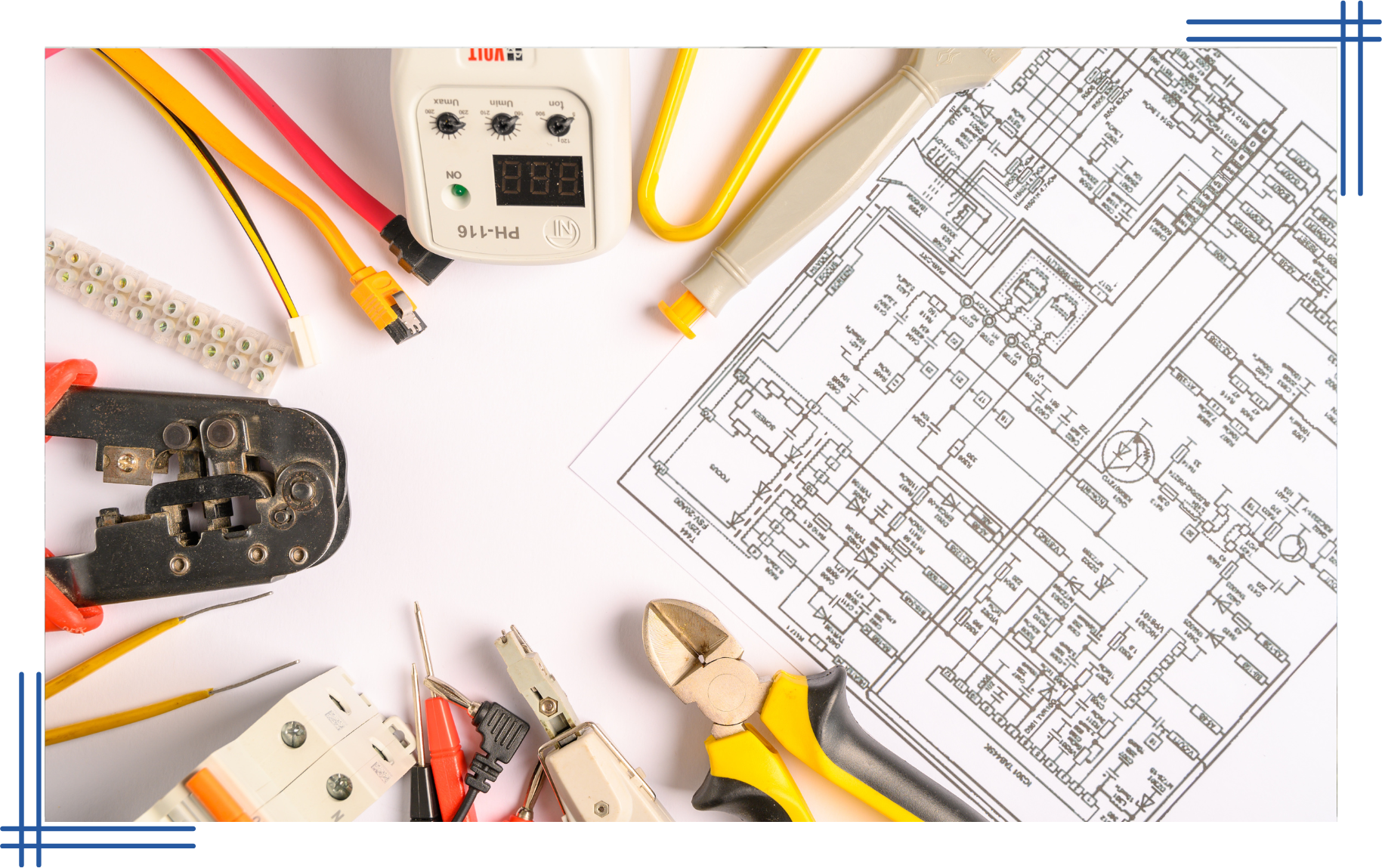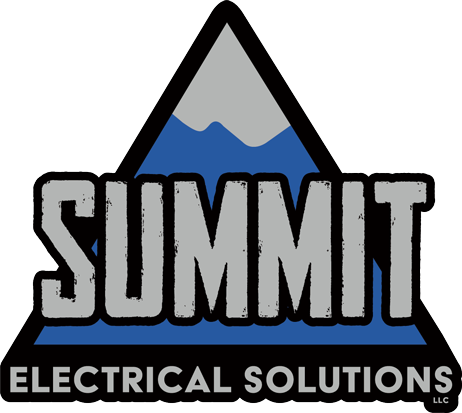
Slide title
Write your caption hereButton
Subpanel Solutions
In larger homes or commercial spaces with considerable electrical demands, the main electrical panel can sometimes struggle to keep up. This is where subpanels become an essential part of the electrical system. It acts as a secondary electrical distribution board, drawing power from the main electrical panel and offering additional circuit breaker slots. They provide a way to strategically extend the electrical capacity of a building, offering a solution to manage power distribution and improve overall efficiency.
Benefits Of Well-Kept Subpanels
One of the primary benefits is the increased electrical capacity it provides. If you find your main breaker panel frequently tripping or unable to support additional devices, a subpanel can offer extra circuit slots. This allows you to add new appliances, power an outdoor workshop, or expand specific areas of your property without the need for a costly and time-consuming upgrade of your main panel.
They can be installed closer to areas with higher electrical demands, such as a detached garage, a finished basement, or an expansive outdoor living space. By placing these in these locations, you minimize the need for long wire runs back to the main panel. This improves electrical efficiency and reduces the risk of voltage drops, ensuring your devices receive optimal and consistent power even when under heavy load.
New Installation
Replacing old subpanels is often a necessary step to ensure the safety, efficiency, and compliance of an electrical system within a building. As electrical systems age, their components can become outdated, which not only poses risks but also prevents the system from performing optimally. One of the primary reasons for replacement is the wear and tear on its components. Over time, connections can loosen, wires can degrade, and breakers may not trip as they should, which significantly increases the risk of electrical fires and failures.
The installation is a fundamental consideration in new construction projects, as well as during the expansion or modernization of existing structures. Their role becomes particularly critical as buildings grow in complexity and size, requiring a more segmented approach to electrical distribution. In new builds, they serve to efficiently distribute power to various parts or levels of the building without overloading the main service panel. They ensure that electricity is accessible where it is most needed and allow for future scalability as electrical demands increase or as the building's use changes.
Adhering to the latest electrical codes is essential when installing new subpanels. These codes are designed to ensure safety and operational efficiency and are continually updated to respond to new technologies and improved safety practices. Compliance helps prevent common electrical hazards such as fires, shocks, and short circuits. It also ensures that the electrical system is capable of passing inspections, which are mandatory for new construction and major renovations.
Moreover, the utility of subpanels extends to specialized applications that require dedicated power sources. For instance, with the rising popularity of electric vehicles, many new and renovated homes and commercial facilities now include electric vehicle (EV) charging stations. Installation can provide a dedicated circuit for these charging stations, ensuring that the increased electrical load does not disrupt the building's main power supply. This is particularly important in commercial settings where multiple charging stations may be needed to accommodate employees or customers. Similarly, subpanels are also beneficial in areas where high-power machinery is used, such as workshops, garages, or industrial sites, allowing for safer and more efficient operation of heavy equipment.
Repairs And Maintenance
Maintaining subpanels in good working order is necessary for the safety and efficiency of an electrical system. Like any component of electrical infrastructure, they are prone to a range of issues that can impede their operation. Common problems include circuit breaker trips, which often occur when the subpanel is overloaded or when there is a short circuit within the system. These trips are safety features designed to prevent overheating and potential fires, but frequent trips can indicate deeper issues that need addressing. Other signs of potential hazards may include flickering lights, unusual noises like buzzing or humming from the panel, or the smell of burning, which can signify serious electrical faults.
The importance of timely repairs cannot be overstated. When issues are ignored or repairs are delayed, there is a risk of major malfunctions that can lead to severe consequences, including electrical fires or sustained power outages. Additionally, minor problems can escalate into more significant issues that are much more costly and complex to fix. Addressing repairs promptly not only helps in preventing these hazards but also contributes to the overall longevity of the system. A well-maintained subpanel can function efficiently for a longer period, reducing the frequency and severity of electrical issues.
There are substantial cost benefits associated with proactive maintenance. Regular check-ups and maintenance ensure that components are functioning correctly and are up to code, which can significantly decrease the likelihood of expensive emergency repairs or full system replacements in the future. Investing in routine maintenance can also lead to savings on energy bills, as a well-maintained electrical system runs more efficiently and uses power more effectively. In essence, the upfront costs of regular maintenance are often offset by the avoidance of larger, more disruptive financial burdens down the line. By ensuring that they are regularly inspected and maintained, property owners can safeguard against unexpected failures and maintain an efficient, safe electrical system.
When considering the installation, repair, or replacement of subpanels, Summit Electrical Solutions stands out as a trusted provider in the electrical services industry. With a solid foundation of experience and a deep commitment to excellence, Summit Electrical Solutions ensures that every project meets the highest standards of safety, efficiency, and compliance with the latest electrical codes. Our team of certified professionals is equipped with the expertise and cutting-edge technology required to handle subpanel-related needs, whether it's upgrading an outdated system, installing new subpanels in a modern building, or conducting necessary repairs and maintenance.
Contact us today for an estimate.
Frequently Asked Questions
Q1: Can a subpanel be used to independently manage renewable energy sources in my home, like solar panels?
A1: Yes, they can be specifically installed to manage energy distribution from renewable sources such as solar panels. This allows for better control and efficiency in how renewable energy is allocated throughout your home, especially if you have high-consumption areas or want to ensure certain circuits have priority access to green energy.
Q2: Is it possible to install them outdoors for garden or exterior building use?
A2: Absolutely, subpanels can be installed outdoors to manage electrical needs in gardens, sheds, or other external structures. However, they need to be housed in weatherproof enclosures to protect against moisture and environmental factors. This setup is particularly useful for properties with extensive outdoor lighting, workshops, or pools.
Q3: How does a subpanel work in a smart home environment?
A3: In smart homes, they can be integrated to work with home automation systems, allowing for
sophisticated control over the distribution of electricity based on real-time usage data. This can include automating power flow to different circuits based on time of day, presence detection, or even energy cost fluctuations, optimizing both convenience and energy efficiency.
All Rights Reserved | Summit Electrical Solutions
